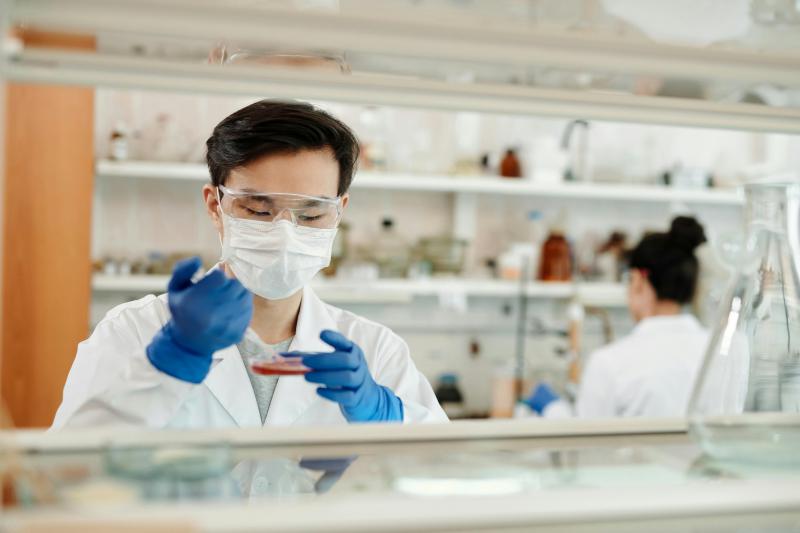
How Are Stability Tests Performed in Cosmetic Products and Why Are They Necessary?
How Are Stability Tests Performed in Cosmetic Products and Why Are They Necessary?
Contents
Every cosmetic product released to the market undergoes a rigorous testing process to ensure consumer safety and guarantee product quality. At the forefront of these processes are stability tests, which evaluate how a product changes over time, how it reacts to environmental conditions, and whether it maintains its quality throughout its shelf life. But how exactly are stability tests conducted, and why are they so crucial?
What Is a Stability Test?
A stability test is a process that measures the physical, chemical, and microbiological resilience of a cosmetic product against environmental factors such as temperature, light, and humidity. These tests provide vital information about the product’s formulation, packaging compatibility, and shelf life.
Types of Stability Tests in Cosmetic Products
1. Chemical and Ecological Stability Tests
- pH Monitoring: Checking whether the product's pH level changes over time.
- Oxidation Stability: Evaluating the oxidation tendency of active ingredients.
- Ecotoxicity Assessment: Especially important for eco-friendly cosmetic products, this test examines environmental impact.
2. Physical Stability Tests
- Viscosity Measurement: Analyzing if the fluidity of the product changes.
- Color and Odor Changes: Monitoring changes in color and smell over time.
- Packaging Compatibility: Testing whether the product reacts with its packaging.
3. Microbiological Stability and Resistance Tests
- Preservative Efficacy Test: Evaluating if the preservatives are sufficient to protect the product.
- Microbial Load Test: Checking for bacteria, mold, and yeast presence.
- Thermal Shock Tests: Testing the product's structural integrity against temperature fluctuations.
Why Are Stability Tests Important?
Stability testing in cosmetics is essential for both producers and consumers. Here are the main reasons:
- Legal Regulations: According to Turkish and EU regulations, all cosmetic products must undergo stability testing before market launch.
- Consumer Safety: Prevents potentially harmful changes in products.
- Brand Reliability: Stable products enhance a brand’s image and trustworthiness.
- Product Development: Helps identify formulation flaws and improve quality.
The Role of Cosmetic Analysis Laboratories
Stability tests are typically carried out by a cosmetic product analysis laboratory. These labs offer services such as cosmetic content analysis, microbiological testing, and physical tests under one roof. Centers like TTS Laboratuvar conduct these procedures in compliance with international standards.
Conclusion
Stability tests are indispensable to ensure the quality, safety, and shelf life of cosmetic products. By conducting these tests before launching a product, brands can protect their reputation and comply with legal obligations. If you want your product to reach the market with confidence, stability testing is a must!
Frequently Asked Questions
How long do stability tests take?
Standard stability tests typically take 3 to 6 months, though accelerated testing methods can shorten this time.
Are stability tests required for homemade cosmetics?
Any product intended for commercial sale must undergo stability testing. While not mandatory for personal use, it is highly recommended for safety.
Do stability tests affect product cost?
Yes, they contribute to development costs. However, reliable and safe products generate higher long-term value and customer trust.

